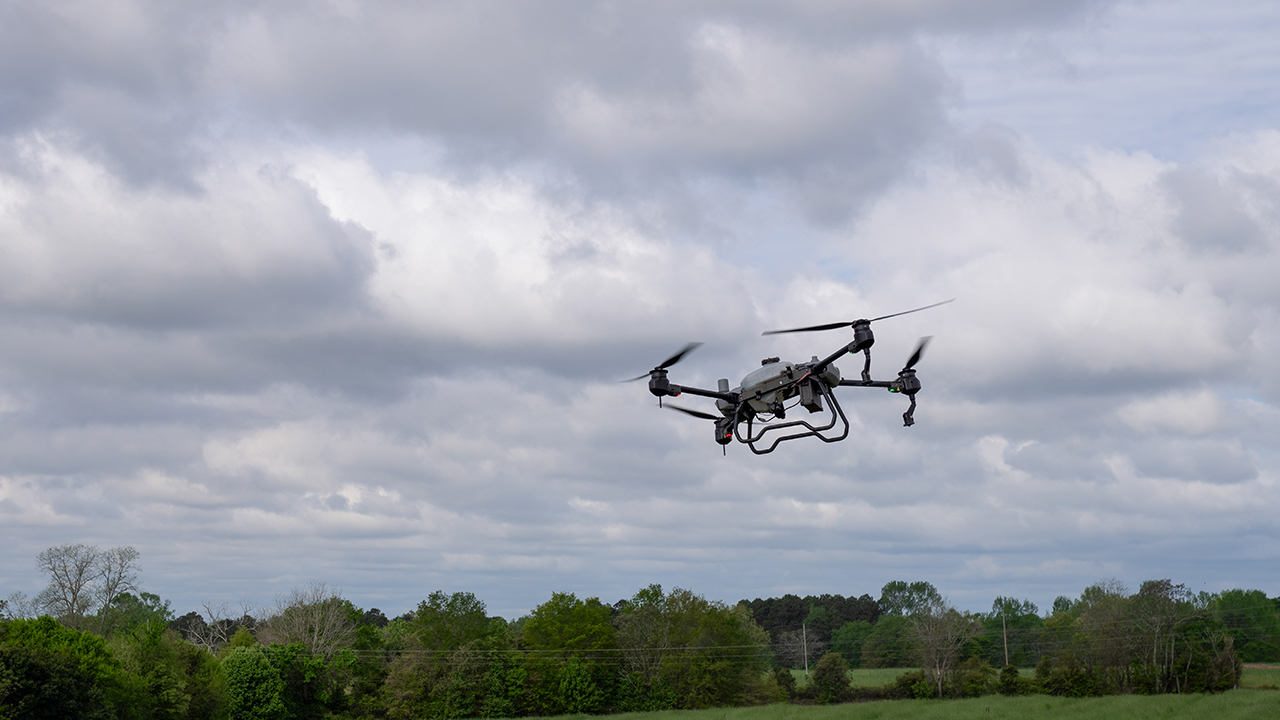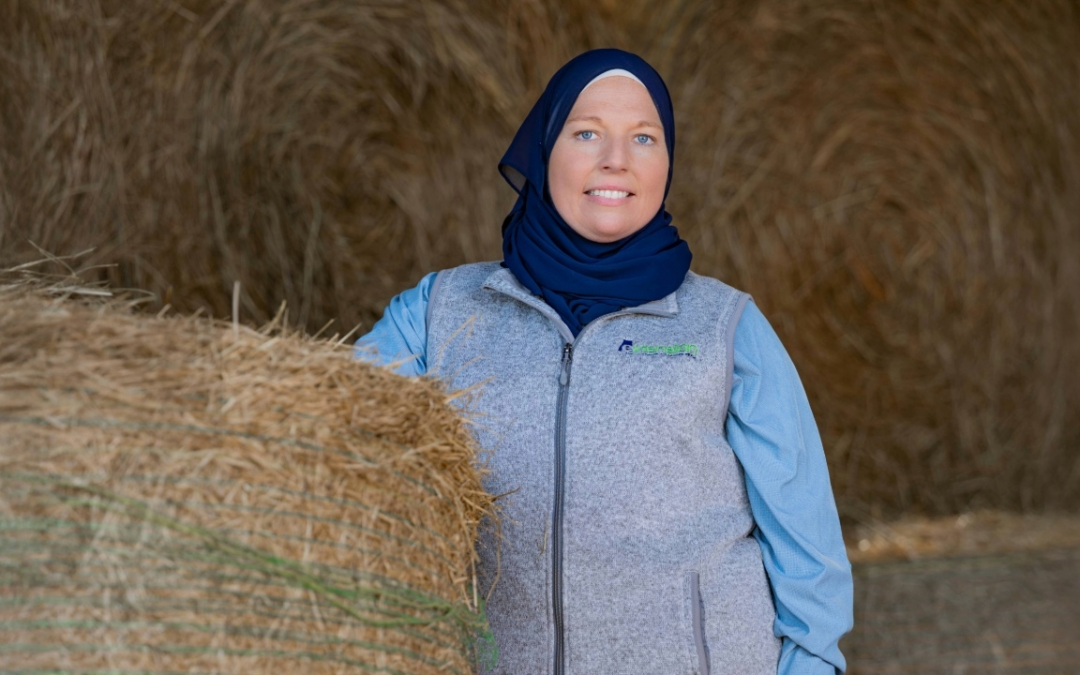Auburn-developed method could advance efforts to breed a drought-tolerant peanut
Auburn University researchers have devised a new means of measuring the physiological characteristics of peanut plants that should prove to be instrumental in speeding the breeding process.
Drought remains the primary nemesis of U.S. peanut production, with a mere 35% of growers having irrigation capabilities, even fewer in Alabama. For that reason, time is of the essence in breeding a truly drought-tolerant peanut plant.
But before researchers discover the Holy Grail of a drought-tolerant peanut, they’ll likely spend countless days and even years screening for cultivars that meet this criterion. In addition, peanuts can be drought tolerant for different reasons, making the search even more complex.
“In previous work, we have identified cultivars that use two different strategies — water spenders and water savers — to maintain high yields under drought. Water savers stop using water when they detect drought and save the water in the soil to finish growing. Water spender cultivars, however, have deeper roots that allow them to capture more water and then maintain high yields under drought,” said Alvaro Sanz-Saez, associate professor in the Department of Crop, Soil, and Environmental Sciences and a researcher with the Alabama Agricultural Experiment Station.
In other crops, including peanuts, these two mechanisms have resulted in increased yields under drought conditions, he said.
“In this project, we are performing detailed physiological and genomic analysis to try and understand the physiological mechanisms of these two types of drought tolerance,” said Sanz-Saez. “We are using a peanut population derived from the cross of a water saver with a water spender line to find genomic regions that relate to water saving or spending strategies and that can be used to breed for drought tolerance using marker-assisted selection.”
But the problem with performing physiological analysis such as gas exchange measurements or isotopic analysis, he explained, is that it can be very time consuming and costly.
Thermal images, however, can be used to measure the canopy temperature of a crop quickly and efficiently, which can then be correlated with the amount of water that is transpired, he said.
“Cultivars that transpire more, such as water spender cultivars, cool off the canopy and in a thermal image look cooler than cultivars that close stomata such as water savers,” said Sanz-Saez. “For that reason, in this project, we are using new drone docking technology equipped with an infrared camera to differentiate between water savers, water spenders and drought-sensitive cultivars.”
Drone docking technology consists of a base that houses the drone and protects it from rain and other elements while at the same time charging its batteries, he said. The specific system is a DJI Dock 2 deploying a Matrice 3TD.
“This allows for the drone to be in the field and fly at demand,” said Sanz-Saez. “You can program the drone to fly whenever you want following a designated flight plan.”
The goal of this system, he said, is to help peanut breeders use thermal cameras in drones to screen for cultivars that are water savers or water spenders.
“With this project, we hope to create a pipeline with drone thermal technology to rapidly identify peanut cultivars that are drought tolerant,” said Sanz-Saez.





